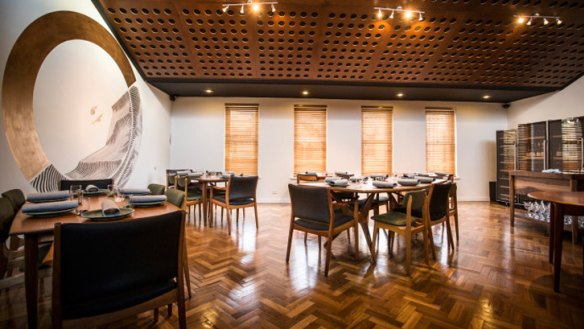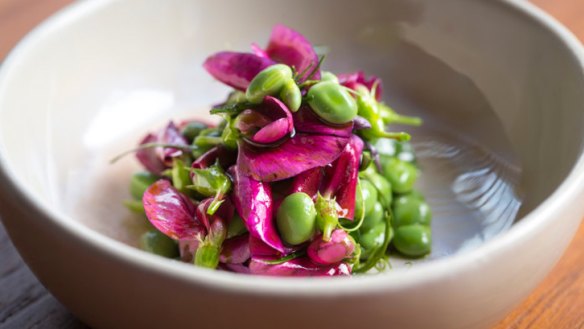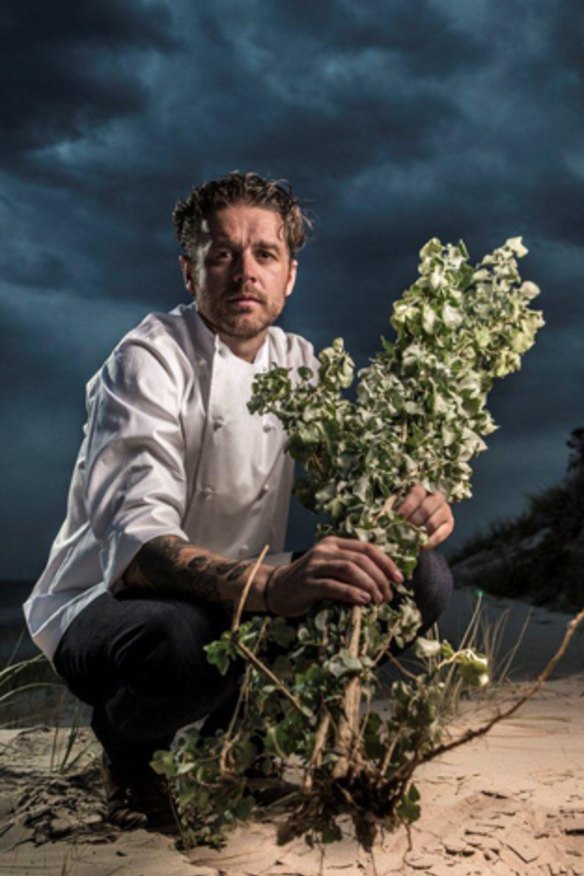Exploring our people, places and produce: Orana
Culinary visionary Jock Zonfrillo creates authentic Australian cuisine by just doing what comes naturally.

If you think that all foragers are limp wristed, Prius-driving greenies who wear hemp and listen to Joni Mitchell, then spend a few minutes with feisty Adelaide chef Jock Zonfrillo.
"Foraging is just a bloody trendy word for what many of us grew up doing naturally," he says. "I remember going fishing [in Scotland] with my grandfather and being told to pick wild sorrel. We cooked the trout and sorrel over an open fire."
Born into a colourful Scottish-Italian family, Zonfrillo, 38, is an explosive combination of hard-nosed pragmatist and culinary visionary.
Orana, the stylish dining room he opened in November 2013, has turned Zonfrillo into the patron saint of foraging. The menu, which features bitter grass, bush cherry, ox eye daisy, saltbush and green ants initially terrified Adelaideans; now there's a three-month waiting list.
A meal at Orana (which means "welcome") is a culinary expedition which showcases an astonishing range of flavours and textures – guests eat the first 18 tasting dishes with their hands, communal style.
"If you go out to any indigenous community and sit around the camp fire you're not going to be using a knife and fork, are you?" explains Zonfrillo, who trained in Britain with Marco Pierre White.
Foragers are given strict instruction about what they need to pick - anything unfamiliar is sent to a university laboratory for scientific analysis.
At the core of the Orana dining experience are the bush fruits, seeds and vegetables sourced from remote Aboriginal communities or harvested in the hills or along the seashore outside Adelaide.
Foraging duties are shared by Orana's kitchen staff, who each spend a month collecting saltbush, wild garlic, sea celery and other foods. Byron Bay forager Peter Hardwick supplies more tropical and exotic ingredients.
Foragers are given strict instruction about what they need to pick – anything unfamiliar is sent to a university laboratory for scientific analysis.

Zonfrillo says the experience puts his chefs in touch with the six indigenous seasons, teaches them to respect wild foods and fires up their imaginations.
"They come back from that month much better chefs," he says.
Unlike Australia's flirtation with bush tucker in the 1980s when native herbs, greens and fruits were sprinkled onto European dishes, Zonfrillo has made wild native foods the main attraction at Orana.

"Our current menu features 34 ingredients that are unique to Australia," he says. "That's amazing."
Unlike the earlier bush tucker experiment, which alienated mainstream diners, Zonfrillo believes that native ingredients, either foraged or cultivated, could provide the basis for an authentic national cuisine – and a highly sustainable one.
"What we're doing here is a good reflection of where Australian cuisine could be," he says. "But it's just the beginning – it's not the final answer."
Foraging staples
- Saltbush
- Wild garlic
- Sea celery
- Bush cherry
- Green ants
Submit your unique experience at australia.com/restaurantaustralia and join the conversation at #restaurantaustralia